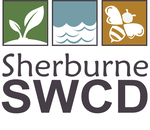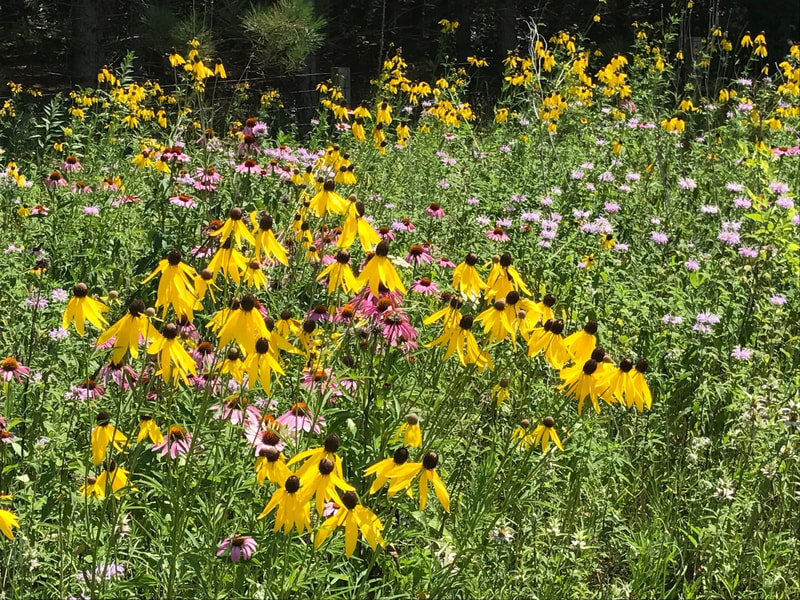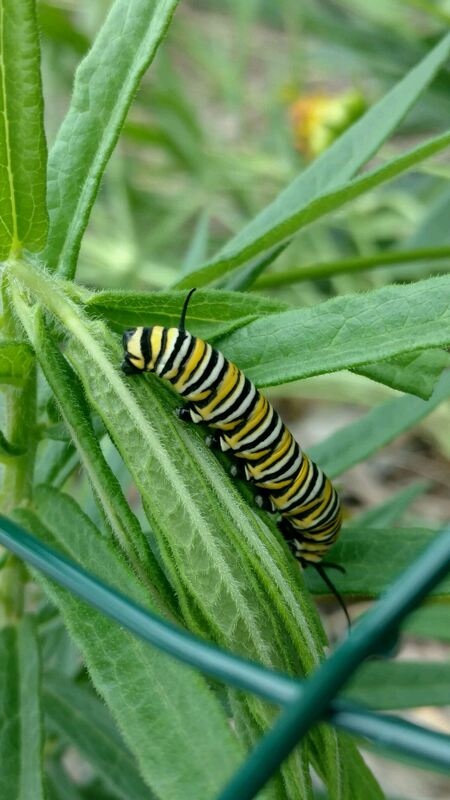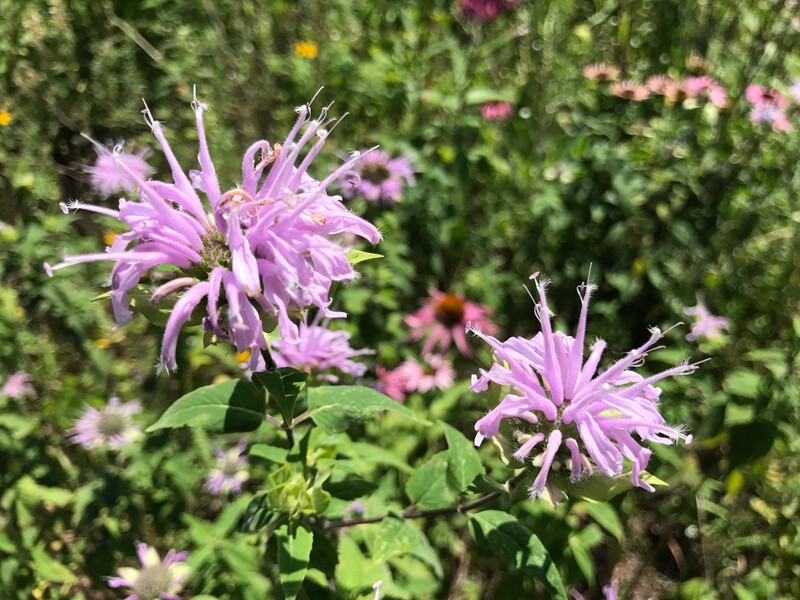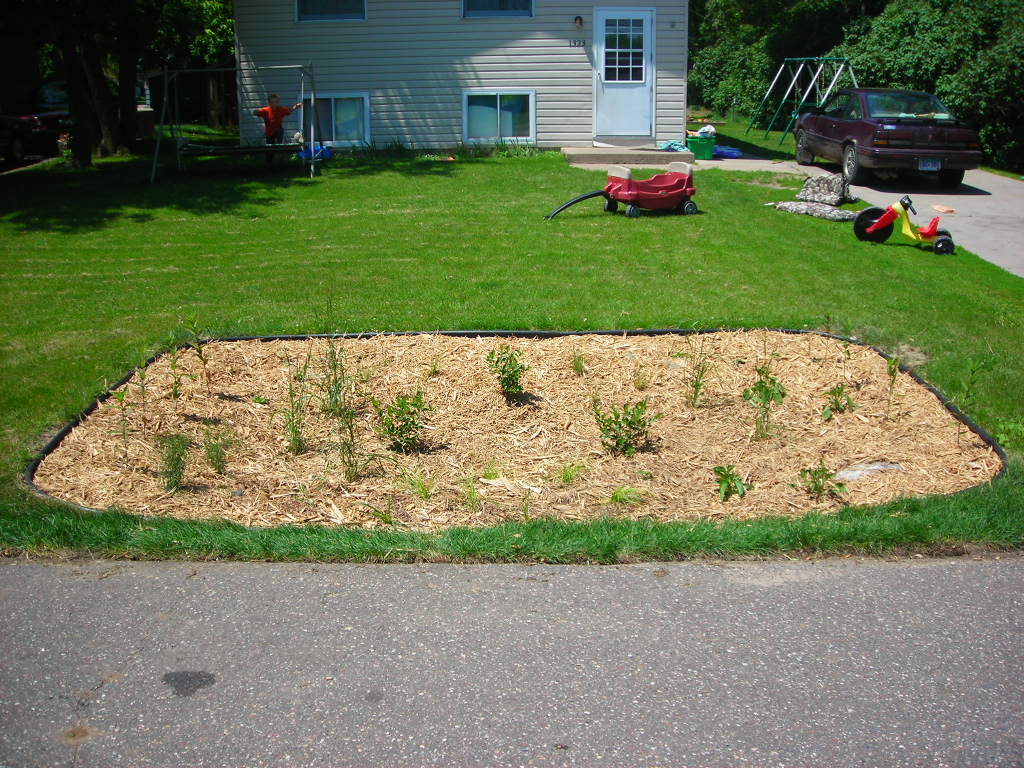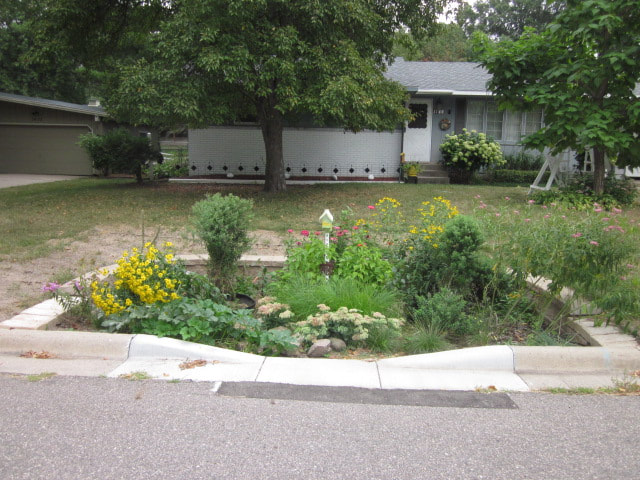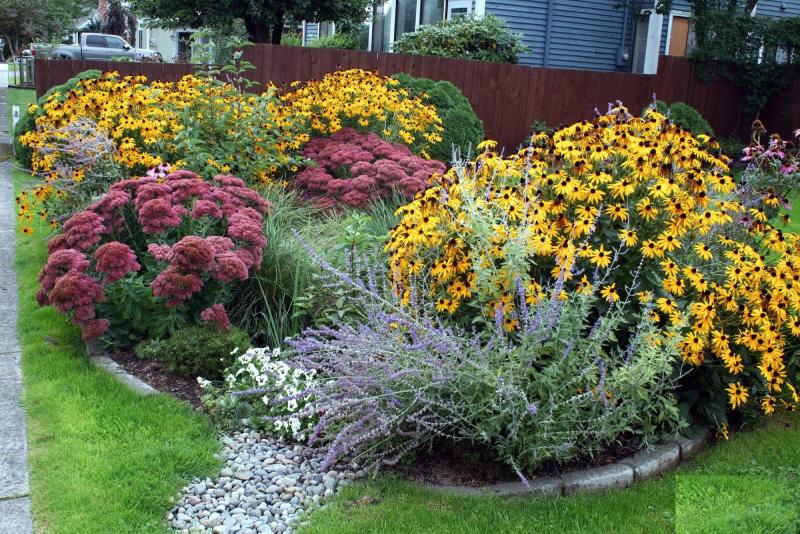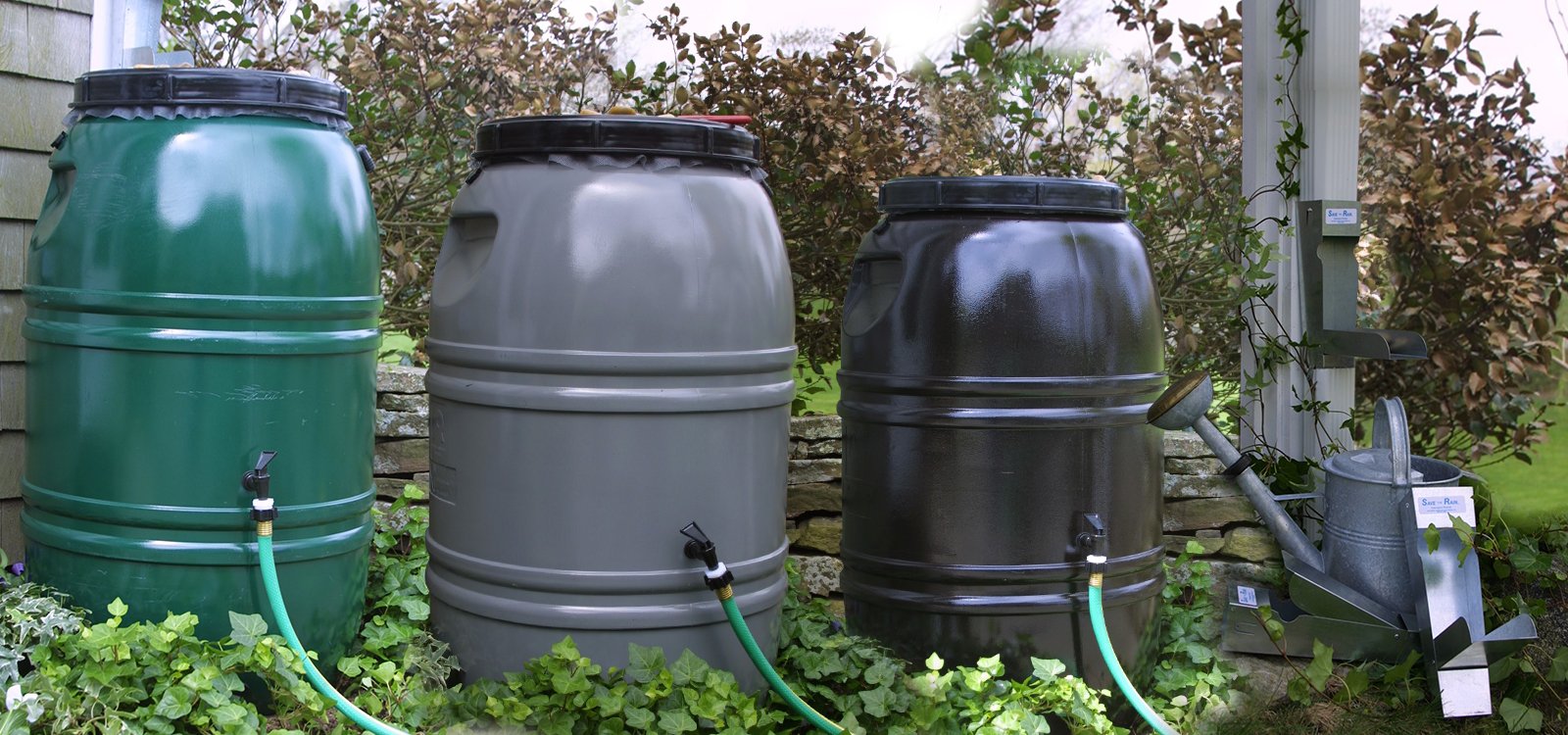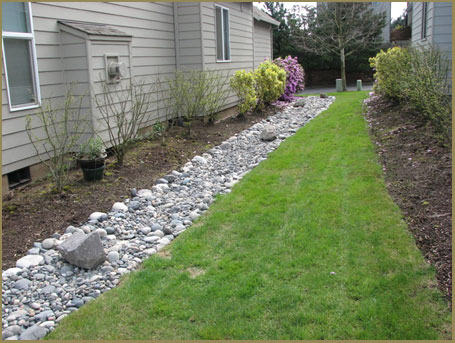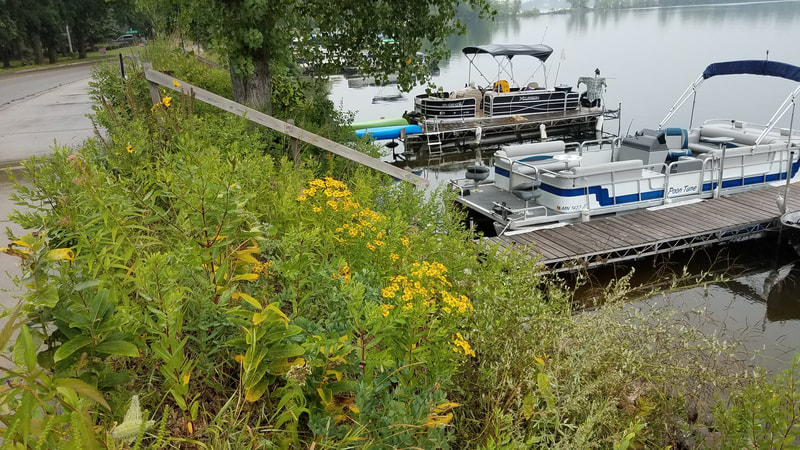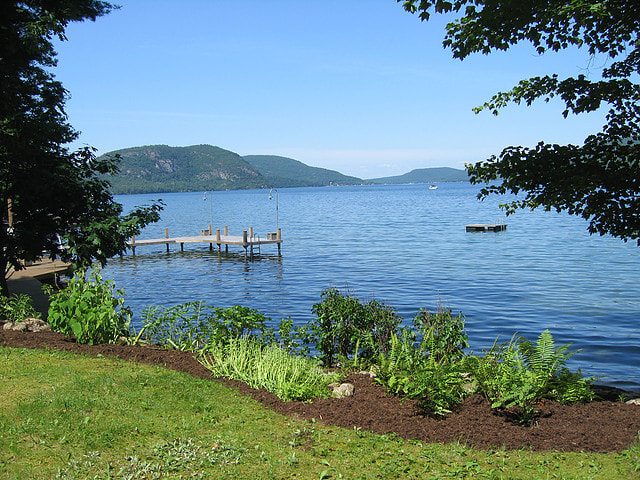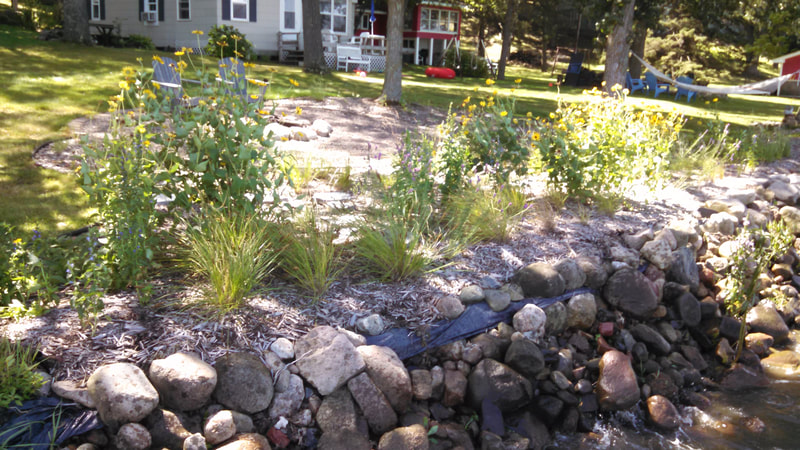Habitat Enhancement
|
The SWCD Habitat Enhancement Program couples conservation with restoration to create valuable pollinator and wildlife habitat. Whether you have a large country lot, a suburban yard, or a tiny plot in the city, you can help protect the environment and add beauty and interest to your surroundings. Habitat Enhancement refers to a number of different practices you can establish on your property. The practices include native vegetation plantings, buffer strips, wetland restoration, composting, nutrient management, chemical use reduction, erosion control, and water quality protection.
|
Quick Links |
Urban Pollinator Habitat
Raingarden
You can help keep Sherburne County's lakes and streams clean by installing a raingarden. Though it may not seem like much, each rain garden planted in Sherburne County helps reduce the volume of runoff and remove pollutants before they enter local streams, rivers and lakes. These individual gardens, when combined with others, can go a long way toward helping reduce drainage and flooding problems, and keeping our waterways clean. Rain gardens look like any other flower garden, but they are built in a shallow depression that is designed to collect rain water and slowly filter it into the ground over a period of a day or two. Good locations for rain gardens are areas where rain water collects during a storm, such as below roof downspouts, small grass waterways, or parking lot islands.
Innovative Stormwater Management
Stormwater is excess water from rain or melting snow that flows across the landscape. Stormwater runoff accumulates from off of rooftops, paved areas, bare soil, and lawns. It gathers in increasingly large amounts (from puddles, to wetlands, to ditches, to streams, to lakes and rivers) until it eventually flows into the ocean. Stormwater runoff can change both water quality and quantity affecting our water resources. If stormwater is left untreated it can lead to a decrease in: Wildlife habitat, aquatic recreation, water quality/clarity and property value. The Sherburne Soil and Water Conservation District works in partnership with the state, watersheds, local units of government, developers and landowners to provide education, technical and financial support to minimize the impact of stormwater runoff from new and existing development. Some of the technical assistance options the SWCD can provide for storm water management include:
- French Drain
- Safle Baffle
- Biotention Ponds
Shoreline Management
Shorelines are naturally full of a rich diversity of life: plants, animals, and microorganisms, including humans. As we understand more about the structure and function of shoreline, we also become aware of the importance of our role in keeping these systems healthy. Maintaining or restoring your shoreline is essential for our waters health and to providing fish and wildlife habitat. This concept, often referred to as shoreland buffers or lakescaping, extends both lakeward and landward from the water's edge. Generally, a natural buffer strip at least 25 feet landward is preferred, but any unmowed or undisturbed area provides benefits. Sherburne SWCD can assist you with technical information, design, cost share, and implementation of your project. If you are interested in a shoreline erosion control project, please contact Frances Gerde at [email protected]
